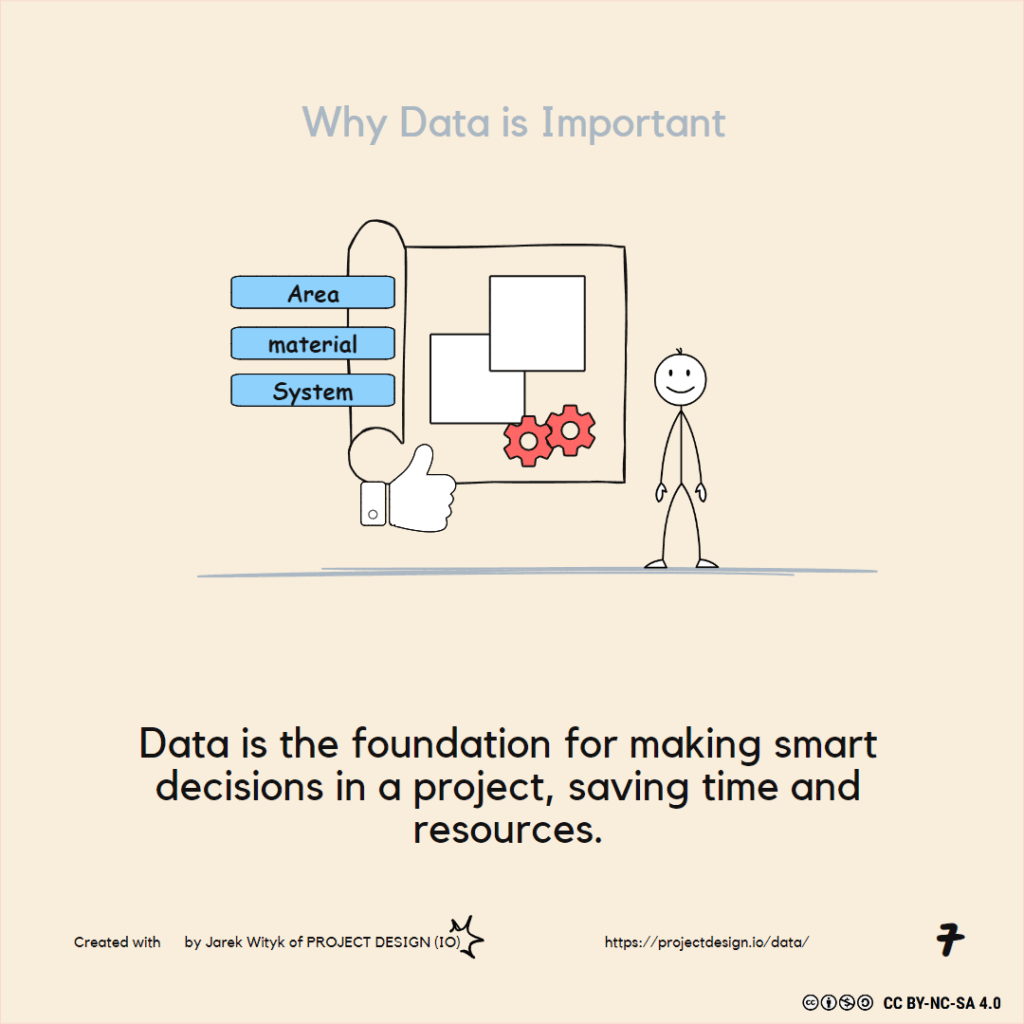Revit Guides
Data Management
ELI5

ISO 19650 Framework
The ISO 19650 framework is generally aimed for information management. The individual standards do not cover the whole area of quality management but instead point out to other standards suggesting

BS EN ISO 9001:2015
Quality management systems Requirements ISO 9001 is a set of quality management principles defined by various criteria and standards. It outlines the importance of defining a quality management system (QMS)

BS ISO 55000:2014
Asset management Overview principles and terminology The ISO 55000 standard integrates with other essential management systems by outlining definitions and terminologies for asset management. Published under the International Organization for
BS ISO 21500:2012
Guidance on project management ISO 21500 describes guidelines for managing projects and processes in project management, including standards, methods, and processes. The standard is intended to align with related international

BS EN ISO 31000:2018
Risk management guidelines ISO 31000 is an international standard first published in 2009, the current version published in 2018. The standard contains principles and guidelines for effective risk management. It

BS ISO 8000-2:2020
Data quality Part 2: Vocabulary ISO 8000 is an emerging technology standard for organizations that want to improve business processes and control operating costs throughout the product life cycle from

Organisational Purpose
A sense of organisational purpose is an essential part of promoting organisational effectiveness, which motivates individuals to do work and create something or justify the existence of something. Cooperation
cooperation
The interaction of individuals or task teams who work together to achieve a common goal, it demonstrates the ability to learn from each other. Cooperation forms a crucial attribute of
collaboration
a deliberate approach to working together on an agreed common purpose within functional, organisational, geographic, or organisational boundaries. Collaboration often depends on a solid knowledge management culture to facilitate the exchange and
BS 7000-4:2013
Design management systemsPart 4: Guide to managing design in construction
BS 7000-10:2008
Design management systems Part 10: Vocabulary of terms used in design management
BS 7799‑3:2017
Information security management systemsPart 3: Guidelines for information security risk management (revision of BS ISO/IEC 27005:2011)
BS 8536-1:2015
Briefing for design and construction Part 1: Code of practice for facilities management (Buildings infrastructure)
BS 8536-2:2016
Briefing for design and constructionPart 2: Code of practice for asset management (Linear and geographical infrastructure)
BS 9999:2017
Fire safety in the design, management and use of buildings – Code of practice
BS 11000‑2:2017
Collaborative business relationship management systemsPart 2: Guide to implementing BS ISO 44001
BS EN ISO 14004:2016
Environmental management systems General guidelines on implementation
BS ISO 44002:2019
Collaborative business relationship management systems Guidelines on the implementation of ISO 44001
BS ISO 55002:2018
Asset management — Management systems Guidelines for the application of ISO 55001
BS ISO IEC 33020:2019
Information technology—Process assessment Process measurement framework for assessment of process capability
workflow management system
Workflow management systems allow organisations to identify and control activities associated with a business process. Effective workflow management offers the opportunity to measure and analyse the execution of the processes
built asset
individual or multiple buildings (e.g. a site or campus) or infrastructure (e.g. roads, railways, pipelines, dams, docks, etc.) built as part of a construction project or where the asset information

data
ELI5-S1 BIM Basics E18_data Understanding Data in BIM: The Foundation of Smart Asset Management When we think about Building Information Modeling (BIM), it’s easy to get lost in the complexity
Infrastructure
the structures that emphasize, organise and enable social functions. Individual units of infrastructure are known as assets. It is sometimes subcategorised into economic infrastructure, the networks of built assets that
rationalise
In construction, to rationalise is to attempt to remove, explain or justify irrational quantities, processes or systems or else adjust unreasonable design decisions by employing logic or reason, (behaviour, attitude),
System of systems
A system of systems is a collection of many different systems, each with its own characteristics. [1] System theory assumes that certain underlying concepts and principles are applicable to different
System of engagement
The System of Engagement is defined as a platform that manages supported digital engagement, of systems like Browsing, Web Chat, Messaging, videos (Facebook, WhatsApp, TEAMS, ZOOM, Signal, Slack, etc.), various

change strategy
Concept of change strategy involves identifying objectives, formulating intervention concepts for change, forming and defining success parameters, and implementing strategies. This includes testing the effectiveness of the changes and their

